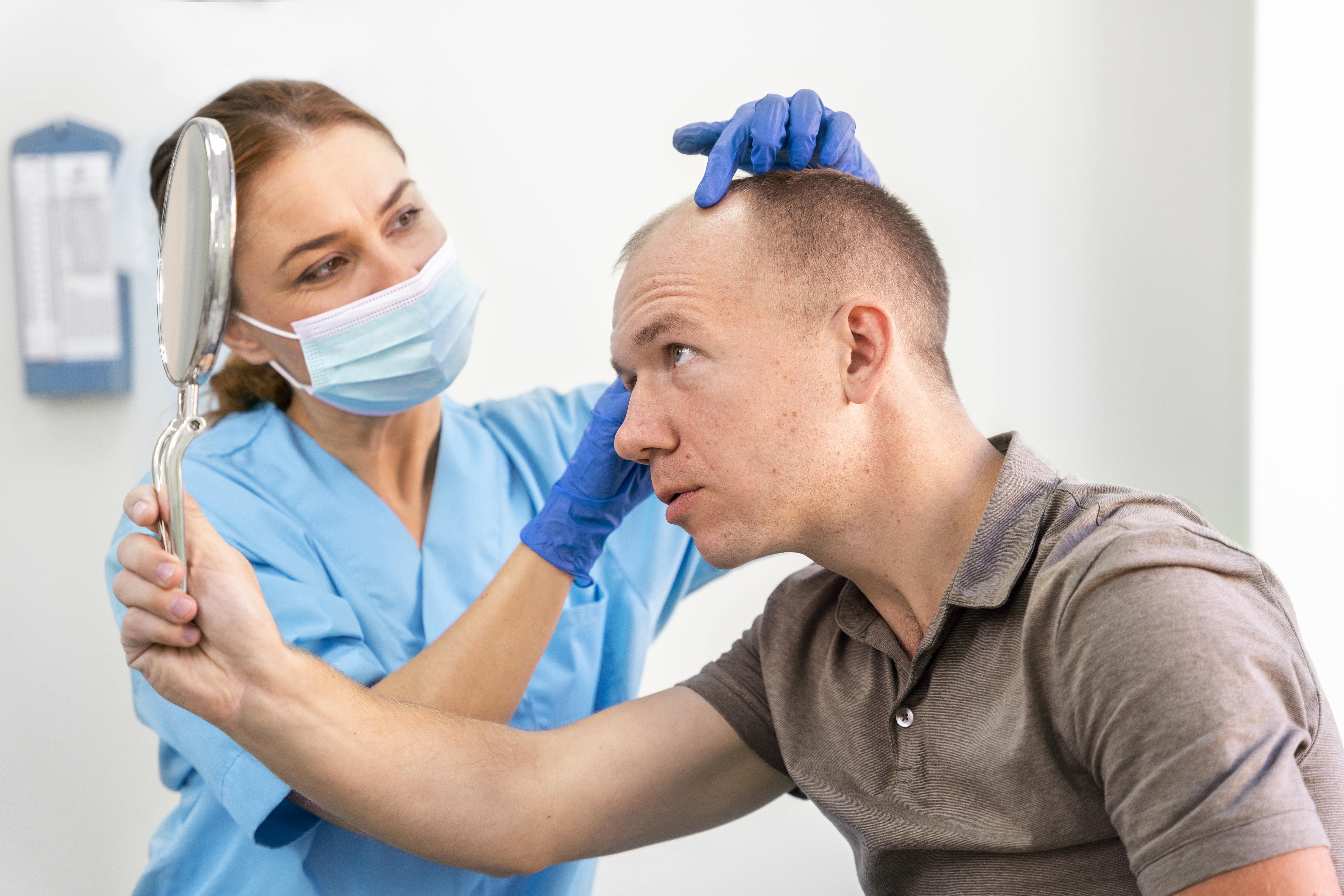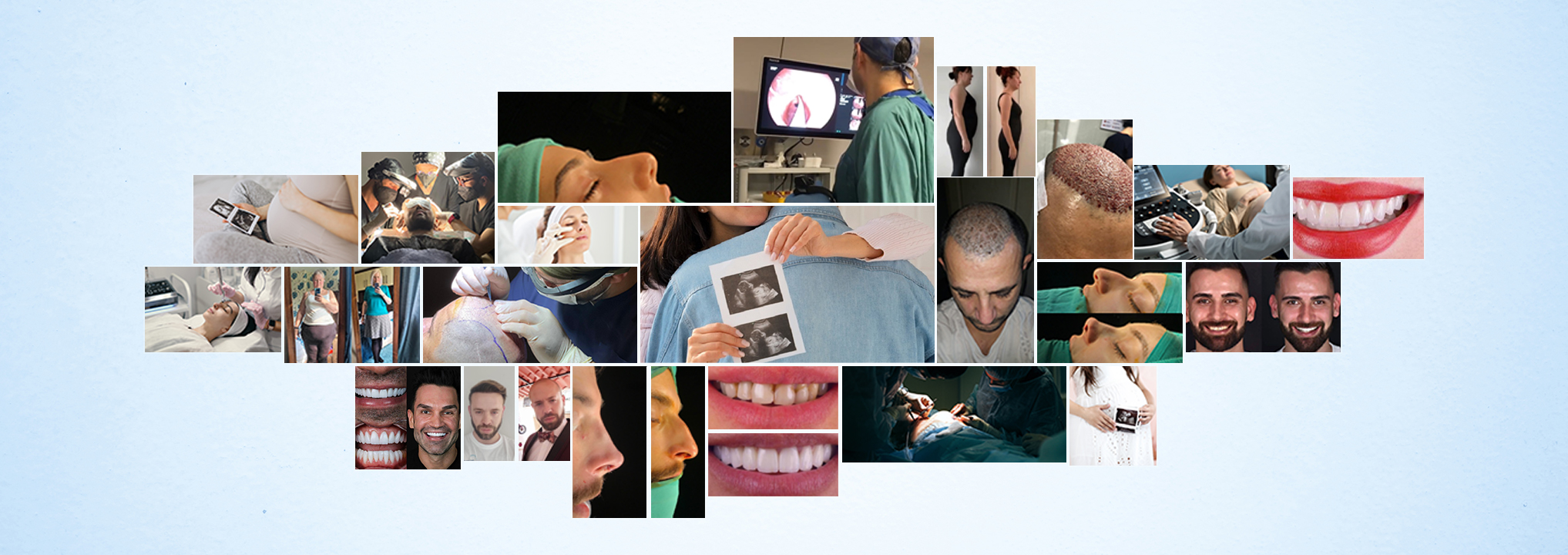Is Hair Transplant Permanent?
Understanding Hair Transplant Surgery
Hair transplant involves relocating hair follicles from a donor area, typically the back or sides of the head where hair is more resistant to balding, to the thinning or balding areas. The two primary techniques used in hair transplant surgery are Follicular Unit Transplantation (FUT) and Follicular Unit Extraction (FUE). Both methods aim to achieve a natural-looking hairline and increase hair density, but they differ in how the hair follicles are extracted and transplanted.
The Permanence of Hair Transplants
The key to a hair transplant's permanence lies in the nature of the hair follicles that are transplanted. Hair follicles from the back and sides of the head are genetically resistant to the hormone dihydrotestosterone (DHT), which is a primary cause of male and female pattern baldness. When these DHT-resistant hair follicles are transplanted to balding areas, they retain their resistance.
Consequently, the transplanted hair generally continues to grow over a person's lifetime, making hair transplant surgery a permanent solution for hair loss. However, several factors can influence the longevity and success of the transplant:
- Genetics: Individual hair loss patterns can affect the results. Some people may continue to experience natural hair thinning in non-transplanted areas, which might necessitate further treatment or transplants.
- Age: Younger individuals may have less predictable patterns of hair loss, making it harder to achieve a natural-looking result that lasts.
- Hair Quality: The density and quality of the donor hair can impact the overall appearance. Thicker, denser donor hair typically leads to better results.
- Surgeon's Skill: The technique and expertise of the surgeon play a critical role in the transplant's success and its natural appearance.
After the Transplant: What to Expect
Initially, the transplanted hair will fall out—a process known as "shock loss"—within the first few weeks. This is a normal part of the healing process, and the hair will begin to grow back within three to four months. Over time, the transplanted hair will thicken and mature, blending seamlessly with the surrounding hair.
Maintenance and Care
Although hair transplants are permanent, it's crucial to maintain a healthy scalp and hair to support the longevity of the results. Regular use of hair care products formulated for transplanted hair and treatments to prevent further hair loss can help maintain the density and health of both transplanted and existing hair.
Conclusion
Hair transplant surgery offers a permanent solution for those struggling with hair loss, providing natural-looking and lasting results. While the procedure can significantly improve hair density and appearance, it's important to have realistic expectations and understand that individual results may vary. Consulting with a skilled and experienced hair transplant surgeon is essential to determine the best approach for your specific situation and ensure the most effective and satisfying outcome.
For more information contact with Hygia Med ! www.hygiamed.com.tr












